Should I Buy a Used Subaru WRX?

Vehicle Overview
For 2002, Subaru sent its rally-inspired WRX to North America. Based on the Impreza, the WRX brought in a new era of compact performance cars thanks to its all-wheel drive capability and a turbocharged horizontally opposed engine.
Available in either sedan or wagon body styles, the WRX could be had with a five-speed manual transmission or a four-speed automatic.
The 2002 WRX, dubbed the bugeye due to a pair of large headlights that resembled the eyes of an insect, came equipped with a 2.0-liter engine making 227 hp and 217 lb-ft of torque. In 2004 the WRX received its first facelift and looked more conventional than the 2002-2003 models. The five-speed manual transmission was also improved for better durability at this time. In 2006, the WRX underwent another facelift and received a new power plant. Now displacing 2.5 liters, the new engine increased output to 230 hp and 235 lb-ft of torque.
Subaru released the WRX/STI sedan in 2004 with even more power and performance potential. With a 2.5-liter turbocharged boxer four making 305 hp and 290 lb-ft of torque, the STI was a more hardcore version of the WRX that could be had with a six-speed manual transmission. In 2005, the vehicle was heavily reworked and now featured wider bodywork that has come to be a signature feature of all STI models. Over the next two years, the WRX/STI would continue to receive minor tweaks.
Trims Packages
For the first few years, the WRX came in a single trim. In 2004 a premium package was added to the car as well as the WRX/STI. In 2006 a limited package replaced the premium package signifying the fancier, higher optioned WRXs. For 2007 the WRX/STI also received the upscale limited package option.
Top 3 Reasons to Buy
- Performance: With all-wheel drive, a manual transmission and a turbocharged engine, the number one reason people are attracted to the WRX is performance, especially in regions that see snow and substantial rainfall.
- Practicality: Sedan or Wagon, the WRX can run with some serious sports cars. However, unlike a dedicated sports car, these cars can also carry more than one passenger and a fair amount of cargo; especially with the wagon.
- Modifications – The WRX is one of the most modified vehicles on the road today. With an incredible aftermarket of parts, people love to make a WRX their own.
Top 3 Problem Areas
- One of the biggest issues for the WRX and WRX/STI is the transmission and drivetrain. Being relatively high-powered with all-wheel drive, a lot of strain is put on the drivetrain and some cars show premature wear, especially with the 2002 and 2003 models.
- As mentioned, many WRX and WRX/STIs have been modified. Upgraded or stock, many cars suffered from misfires for a multitude of reasons. Although most can easily be fixed, some cannot.
- Many owners of the WRX have reported raw fuel leaking in the engine bay on cold days. An investigation was opened with the NHTSA in 2009 and Subaru did make revisions to the fuel system, but not all cars have received the update.
Before You Buy
As always, ensure the car has had all recalls performed and take it for a test drive. Listen for abnormal whining, grinding or clicking coming from the transmission, differential and engine bay. Subarus do make more noise than the average car, so a taking the car to a mechanic to be inspected before buying it is a good idea.
Inspect the WRX’s rear quarter panels and under carriage for pronounced rust spots and rot. Although not a major issue, the Impreza body is prone to surface rust. It’s important to check even if you live in an area where rust is uncommon because these vehicles are all at or above a decade old so they could have easily spent time in an area where road salt is common.
Finally, spot check the struts for leaks and CV boots for any tears.
Best Bang for Your Buck
It is best to avoid first year 2002 models. They have the most complaints and recalls on the NHTSA database and were especially problematic when it came to the five-speed manual transmission. 2003 models were slightly better, but still received the second most complaints and had transmission issues.
The best bet is to go with a 2006 WRX. All of the bugs from early models appear to have been worked out by 2006 as this model has received the least amount of NHSTA complaints. As well, this was the year when the WRX received the larger 2.5-liter turbocharged engine, although some cars have had issues with it.
Those not sold on the looks of the 2006-2007 WRX, or want a slightly cheaper used vehicle, should look at the 2004-2005 WRX. Like the 2006 model, there are far fewer complaints about this car compared to earlier models and the 2.0-liter engine still offers plenty of punch.
If interested in the WRX/STI, many claim the 2004 STI to be the rarest of the breed, but others claim the 2007 to be the best STI ever offered in North America. There are no years to avoid between 2004 and 2007 and it comes down to a choice of personal taste.
Recall and Crash Test Database
2002 Subaru WRX NHTSA Crash Test Rating
2003 Subaru WRX NHTSA Crash Test Rating
2004 Subaru WRX NHTSA Crash Test Rating
2005 Subaru WRX NHTSA Crash Test Rating
2006 Subaru WRX Sedan NHTSA Crash Test Rating
2006 Subaru WRX Wagon NHTSA Crash Test Rating
2007 Subaru WRX Sedan NHTSA Crash Test Rating
2007 Subaru WRX Wagon NHTSA Crash Test Rating
2002 Subaru WRX IIHS Crash Test Rating
2003 Subaru WRX IIHS Crash Test Rating
2004 Subaru WRX IIHS Crash Test Rating
2005 Subaru WRX IIHS Crash Test Rating
2006 Subaru WRX IIHS Crash Test Rating
2007 Subaru WRX IIHS Crash Test Rating
Looking for more information? Visit our Subaru WRX Forum

A 20+ year industry veteran, Mike rejoins the AutoGuide team as the Managing Editor. He started his career at a young age working at dealerships, car rentals, and used car advertisers. He then found his true passion, automotive writing. After contributing to multiple websites for several years, he spent the next six years working at the head office of an automotive OEM, before returning back to the field he loves. He is a member of the Automobile Journalists Association of Canada (AJAC), and Midwest Automotive Media Association (MAMA). He's the recipient of a feature writing of the year award and multiple video of the year awards.
More by Mike Schlee


















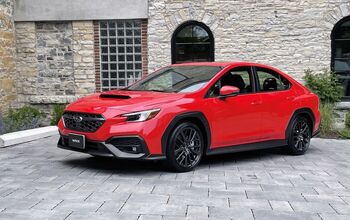
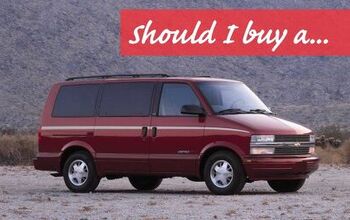
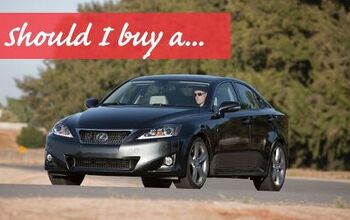



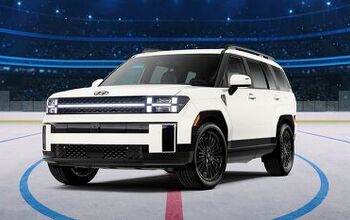

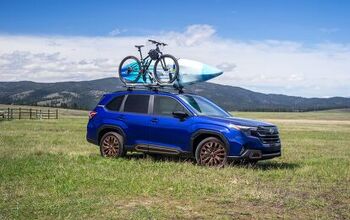
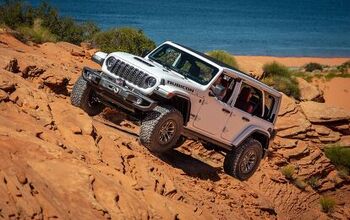





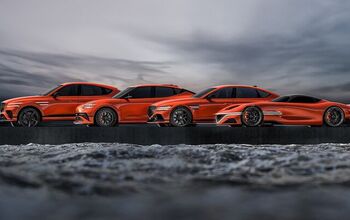

Comments
Join the conversation
Not enough MPG, no way to turn down the noise on the fly
danwat..Do you own a WRX? Most owners do not care so much about the mpg, as the turbo whistle and acceleration are too addicting. As far as the noise, many owners will tell you they turn down or off their radios to hear the drivetrain. Me and my enthusiast friends do. These are niche cars for those that enjoy them.